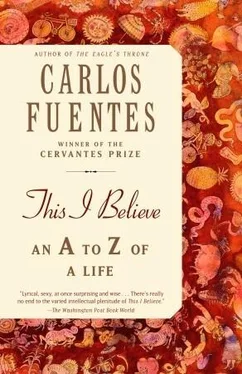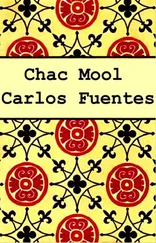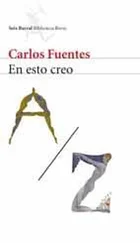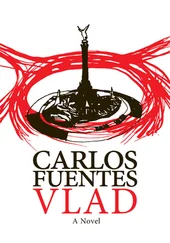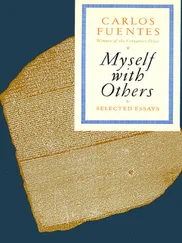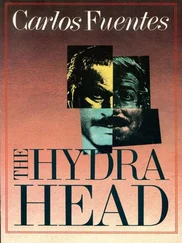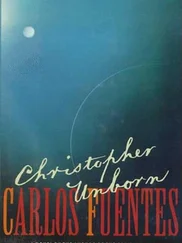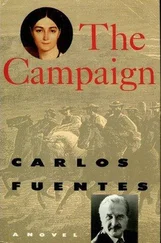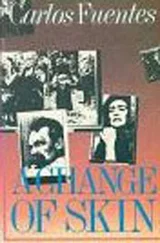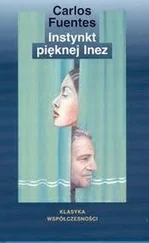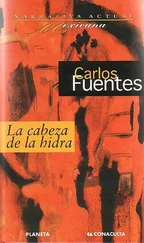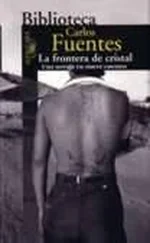The catastrophes of the twentieth century have driven many of us to think of nature as a safe, idealized refuge. The great artists are not exactly nostalgic for nature despite the mastery with which some of them may render it in their works. Painting is a kind of paradoxical cloister. Like the light in Vermeer’s windows, it comes from the exterior world but illuminates the interior. Géricault takes this double dispossession to its extreme in The Raft of the Medusa. The raft of the shipwreck victims is menaced and battered by the relentless forces of nature, a sea whose waves are briny ogres eager to devour the horrific confinement of a small group of shipwreck victims whose shelter from the merciless storm is the fragile raft that keeps them afloat; they are trapped in one of nature’s vast prisons. It makes perfect sense that this work by Géricault was the inspiration for one of Luis Buñuel’s greatest films, that incubus of confinement that is The Exterminating Angel. We live on the razor’s edge of a natural world and a culture that are contiguous but separated, and that constantly invite us to partake in the brutal exposure of one or the protection of the other.
Schopenhauer does not beat around the bush: “Try, just once,” he dares us, “to truly be nature.” The horror that the philosopher feels for nature stems from the fact that nature has never really gazed upon us. Nature is a place of convulsion, tumult, jungle. But as another German philosopher, Schelling, reminds us, it is also “the incomprehensible basis of reality.”
One of these realities is art and the example that is perhaps the most distant from nature — voluntarily so — is the painting of Velázquez, the extreme artifice that dares speak its name.
Let my figures gaze beyond the painting that temporarily places them there. Let them gaze beyond the walls of this palace, beyond the plains of Castile. . beyond the exhausted continent we have defiled with crimes, invasions, greed, and lust beyond measure, and saved, perhaps, with a few beautiful buildings and elusive words. Let them gaze beyond Europe toward the world we do not know and that does not know us, though it is no less real. . And when you, my figures, also grow weary of gazing, cede your place to new figures that will, in turn, violate the rule that you will ultimately consecrate. Disappear, then, from my canvas and let other figures take your place.
These words, which I ascribe to the monk artist of the royal court in Terra Nostra, could be those of Velázquez in his eternal dialogue with the past and the future of painting. Like nobody else, he understood that we will always be blind without knowing it, we will always be bereft of vision. For that reason nature comforts us even as it threatens us. It is there, we see it. For this reason art provokes and disturbs us, because it is not there. As it is not there, we must imagine it. To understand this is to understand why Diego de Silva y Velázquez occupies, at least to my way of seeing things, a central place in the realm of art.
I believe in Wittgenstein because he endangers all our fixed ideas, all the truths we have acquired. He forces us to rethink everything, even the things we would rather not reconsider precisely because they constitute such a solid pillar of our mental architecture and moral armor. Whether we like it or not, he is the philosopher of the twentieth century. He goes directly to the heart of language and, consequently, the heart of literature because he is able to admit the unsayable.
The philosopher, traditionally speaking, has tended to emphasize thought and the perception of the senses, transposed onto the throne of reason. Wittgenstein transposes it onto language and within language; he distinguishes two approaches: language as the representation of facts and the measurement of propositions. Or language as the conductor of emotions. Let us distinguish, asks Wittgenstein, the austere, monkish Jew from Vienna, the impoverished millionaire living in a humble shack, without a penny to his name. Let us distinguish, he asks of us from his offensive poverty, his disturbing remoteness, his arrogant humility. Let us avoid confusion. The realm of value and meaning does not depend on the facts and propositions that comprise rational discourse. Value is the domain of paradox and poetry. Let us separate rational discourse from the worlds of ethics and aesthetics so that we may obtain a clear distinction, given that by doing so we will restore the objective rationality of science, so that it may be untrammeled by humanistic illusions or metaphysical disquisitions, and we will understand the subjectivity of ethics/aesthetics, which can only be expressed in an indirect manner, through poetry, fable, myth. From there we may say that only the unsayable has value, understanding the word unsayable to signify all that rational-philosophical can never say. In the world of positivist thought, so paradoxically dominant in a continent of myth and fable like the so-called New World, silence is inconceivable. All that exists is what can and cannot be said. (Or, in a more political sense, what should and should not be said.) But this effectively banishes everything that truly matters — that is, all those things that we cannot express rationally. The silence of reason does not create monsters. It only suggests that what is unsayable in philosophical terms is, in fact, eminently sayable in aesthetic terms.
The writer knows that Wittgenstein is right. The historian, the economist, the jurist, and the man of science are all beholden to a single definition of things. Napoleon invaded Russia in 1812. Bad money expels good money. The case has been judged. Two plus two equals four. For the writer, Napoleon invades Russia every time a reader opens the cover of War and Peace. Gold, in Shakespeare’s Timon of Athens, is a “yellow slave” that “will knit and break religions; bless the accurs’d; / make the hoar leprosy ador’d; place thieves, / and give them title, knee, and approbation.” Justice, warns Francis Bacon, can sometimes be nothing more than cruel vengeance. And for Lewis Carroll, two plus two never equals four. In literature, everything is plurivocal. The multiplicity of signs is what sustains poetry. A rose is a rose is a rose, said Gertrude Stein, poker-faced. But when Carlos Pellicer says, “Aquí no suceden cosas / de mayor importancia que las rosas” (In this place roses are the event / of greatest consequence), the flower becomes transfigured like the one Coleridge dreams of and wakes to find in his hand.
My appreciation of Wittgenstein, rather than precluding my appreciation of other philosophers, transforms it. Nietzsche’s particular style, so famously aphoristic, is a kind of refusal to create a philosophical “system” that, in order to present itself properly to the world, must present unquestionable premises for the thinker’s consideration. For Nietzsche, “systems” of thought are “delectable, though erroneous.” Great systematic constructions do not have the capacity to criticize their own assumptions, and as such their buildings will collapse. Nietzsche sets out to write aphorisms, each of which encompasses everything — or at the very least, illuminates it. The very brevity of the aphorism helps us to see things in a new way and also to break loose from the multiple prisons that philosophical systems create to confine thought. In Die fröhliche Wissenschaft ( The Gay Science ), he tells us that it is “despicable” not to question things. In a world of exhausted virtues, we have no choice but to take the scalpel to all those things that, in our time, pass themselves off as virtuous. There are more idols than realities in this world of ours, and convictions have a tendency to be prisons. It is almost as if the entire universe was one of Piranesi’s splendid, spacious yet cavernous gray jails. To break out of prison: perhaps this is the action that Nietzsche suggests we take against received truths, against complacency, against the notion of existence as mere accident or carelessness.
Читать дальше
